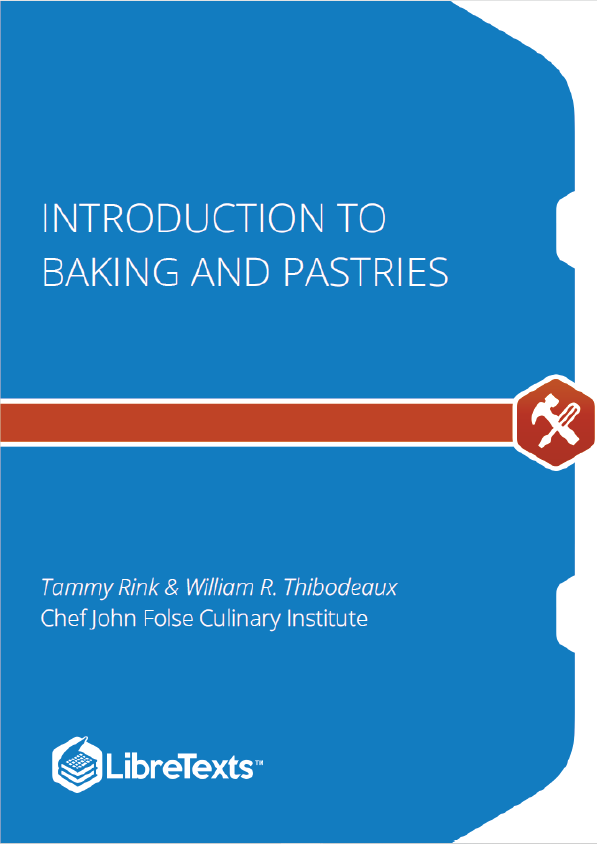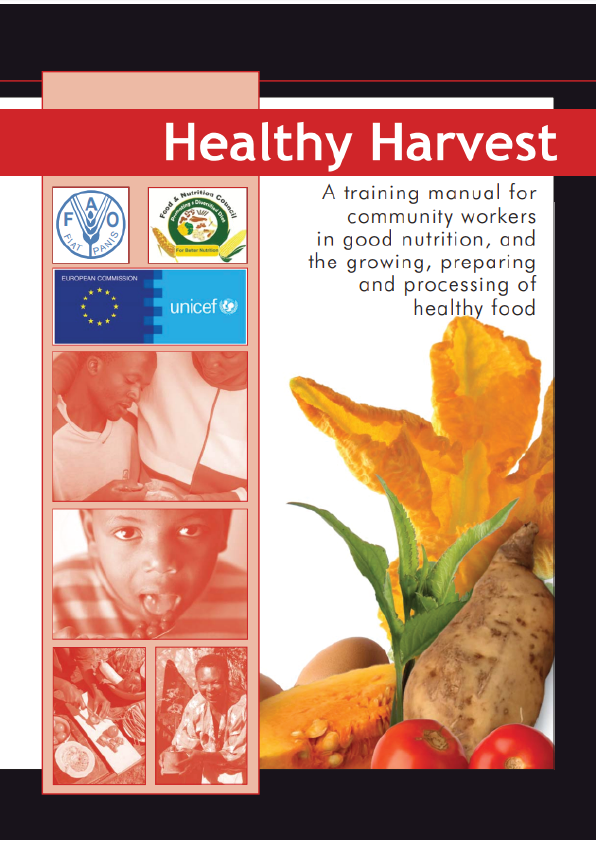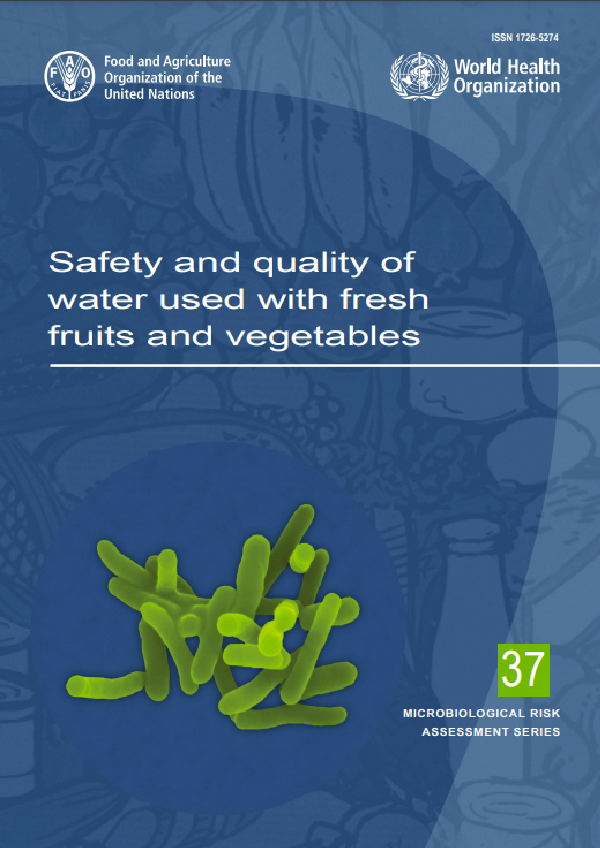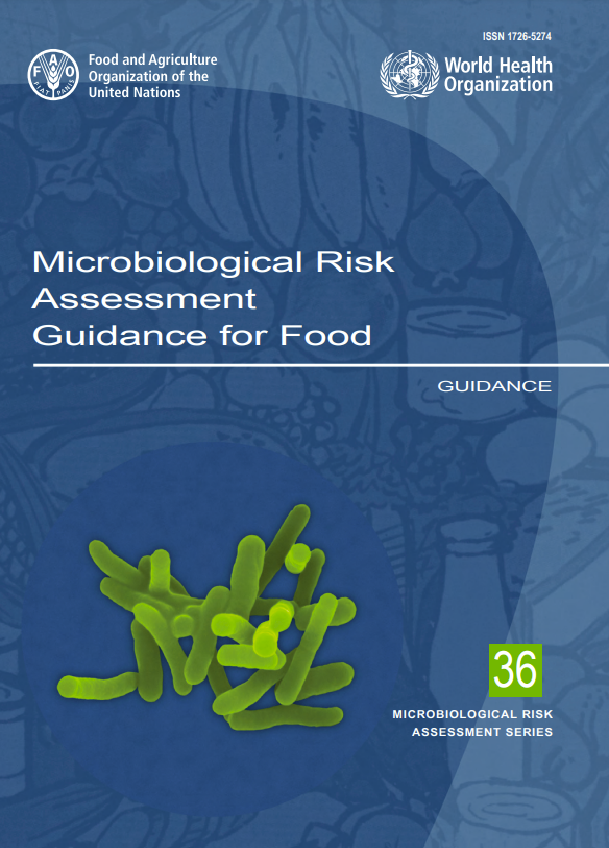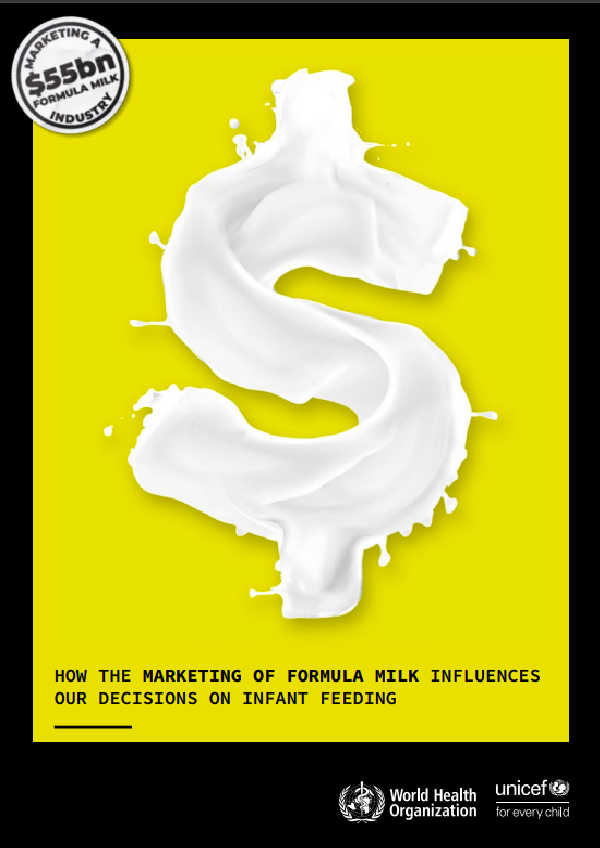This introductory text on baking and pastries cover the following topics: baking and pastry equipment; dry ingredients; quick breads; yeast doughs; pastry doughs; custards; cake and buttercreams; pie doughs and ice cream; mousses, Bavarians, and souffle; and cookies. The appendix includes measurement and conversion charts, cake terms, and industry resources.
Baking and Pastry Equipment
The kitchen is filled with the tools that help a Pastry Chef create wonderful creations. The key is in the mastering of these tools to perform that task they are meant for. As with anything, practice is the key to becoming proficient in any task and in the kitchen, the mastering of the tools is essential. Each tool is designed to perform a task. In order to master task the Pastry Chef need to understand the equipment and what each piece is used for. A keen understanding of the workings of the equipment is also important for the finished product to be its best.
Stand Mixers
Commercial mixers are a big part of the commercial kitchen. They aid in making the mixing of ingredients easier and faster. While small batches of certain doughs can be mixed by hand there are many times when it is more beneficial in the interest of time to use.
Tabletop mixers: In the kitchen, the tabletop mixers are used for small soft batches of dough. This one can be easily moved. The attachments for this mixer include a dough hook, balloon whip, and paddle.
The mixer has three speeds. The “1” is the slowest and what is used to begin the mixing process. Once the ingredients combine then the mix can be moved to “2” medium and then to “3” high.
The front of the mixer has a small metal disk and black pin. This would allow for the use of other attachments.
Table Top Mixer
This mixer is larger than the stand mixer. The mixers vary in size depending on the kitchen / bakeshop that they are being used in most professional kitchens will have the 20 quart tabletop mixer seen the picture. The tabletop mixers sizes range from five to 20 quarts. The size is determined by the amount of product the bowl of the mixer can hold. The front is also allows for attachments that will allow for meat grinding and pasta cutting.
Dough Cutters
Dough cutters are used to quickly and efficiently cut large amounts of dough into the required size. The dough cutter pictured is the Dutchess cutter. This cutter has the cutter surface that will cut 36 equal portions at once.
The dough is placed in the metal holding tray. The tray is returned to the Dutchess with the metal handle pointing outwards. The long handle is then pulled toward the front of the press. This allows for the dough to be tamped down and to assure that the dough covers the entire cutting surface. With the handle pressed down, the cut lever is released and the cutters are exposed to cut the dough. The handle is then raised, and the dough is left in 36 pieces. This tabletop version does not have a rounder. The dough for cutting will be made up according to specifications of the pastry chef.
